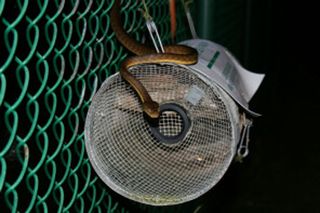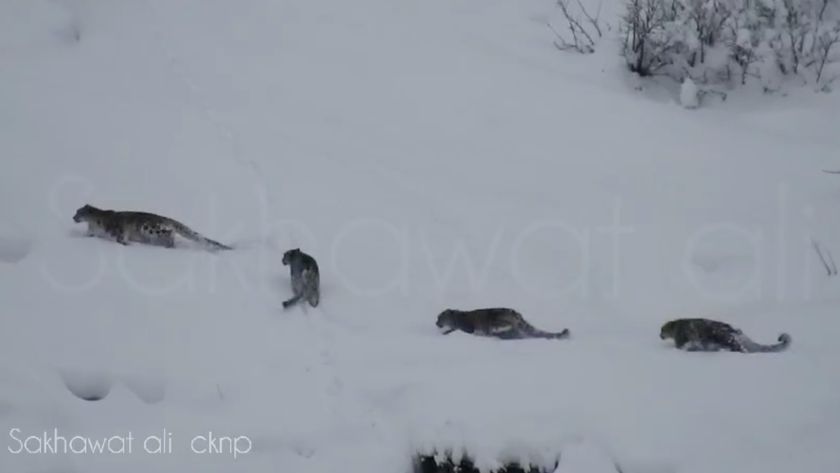Thousands of Dead Mice Parachuted Into Guam

Like a Disney movie gone horribly wrong, the U.S. Department of Agriculture just airdropped 2,000 mice attached to tiny cardboard parachutes into Guam. The mice are dead and contain a key ingredient: painkillers. The objective: bring down invasive brown tree snakes that have all but taken over.
10 Nasty Invasive Species the U.S. Exports
Brown tree snakes have been a scourge of the U.S. territory since arriving there during the 1940s to 1950s, probably on cargo ships. They snack on native birds and lizards, and have caused several species to go extinct. They also mess with electric substations, triggering annual power outages, according to the U.S. Department of Agriculture.
Detector dogs and dedicated traps haven’t been enough to put a dent in the snake population, which is estimated at about 2 million, KUAM News reported.

So, this fall, the USDA started dropping dead mice on the area. The latest of these mouse droppings — I mean, drops — took place on Monday. All the mice baits are full of acetaminophen, the primary ingredient in Tylenol, NBC News’ M. Alex Johnson wrote. Apparently only 80 milligrams is enough to kill a snake, but not enough to be toxic to other animals that might eat the mice.
Google Street View Could Fight Invasive Species
Mice were strung in parachutes made from cardboard and tissue paper, then dropped from low-flying helicopters. Some also contain tiny transmitters to help officials track their progress. “The cardboard is heavier than the tissue paper and opens up in an inverted horseshoe,” USDA assistant state director supervisory wildlife biologist Dan Vice told KUAM. Snakes can more easily consume the bait when it’s hanging in the canopy.
Sign up for the Live Science daily newsletter now
Get the world’s most fascinating discoveries delivered straight to your inbox.
The snake eradication operation is part of an $8 million program that began earlier this year. The USDA is fighting hard to contain the brown tree snake population in Guam, preventing it from invading other areas. You really don’t want these snakes on a plane.
This story was provided by Discovery News.












